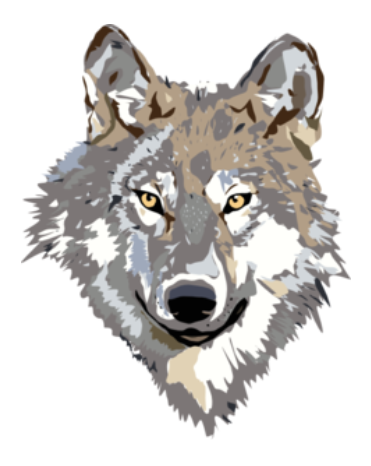Natural Selection Sim 2
This page is a draft and is under active development.
( \newcommand{\kernel}{\mathrm{null}\,}\)
Natural Selection Simulation at PHET
Instructors will need to download the simulation for the students.
1. When you first open the simulation, one bunny will be shown on your screen. If you don’t do anything with the simulation, what happens to the bunny?
2. The simulation allows you to control types of mutations that occur in the bunnies. Look for the area that says “add mutation.” What kind of changes can you make to your bunny?
3. There are two selection factors listed that can also be changed. What are they?
4. What are the two environments you can choose?
5. Click on the RESET ALL button and you will get another bunny. This time, click the button that says “add a friend.” What happens to the bunnies this time?
6. In nature, populations don’t get out of control because there are limiting factors in the environment. Start your simulation over and click to add food as a selection factor. Describe what happens to the bunnies when food is added as a selection factor.
7. Animals have adaptations that can help them survive in their environment. Reset the simulation and add the “long teeth” mutation to your bunnies and use “food” as your selection factor. Describe what happens to the bunnies this time.
8. The graph at the bottom of the simulation will show that bunnies with long teeth seem to have an advantage when food is a selection factor. Suggest a reason for this trait providing an advantage to the bunnies.
 9. Reset your simulation and change the selection factor to “Wolves”. Which trait do you think will have the greatest advantage in the equator environment?
9. Reset your simulation and change the selection factor to “Wolves”. Which trait do you think will have the greatest advantage in the equator environment?
- brown fur
- long tail
- long teeth
10. Develop a way to test the prediction and describe your test and results below. What did you do to test this?
11. Which trait seemed to provide the greatest advantage when wolves were the selection factor and equator was the environment?
12. Describe what happens to the brown bunnies if you change the environment to “arctic?”
Analysis
Consider what you have learned in the simulation. If you are not sure of the answer, you can always go to the simulation and check.
Answer True or False for the following:
____ 13. Tooth length is a type of selection factor.
____ 14. White bunnies that live in arctic environments will ONLY have an advantage if wolves are present.
____ 15. Selection factors, like food, will limit the population size.
____ 16. Mutation factors, like long tails, will limit the population size.
____ 17. Bunnies will overpopulate if you do not have a selection factor chosen.
____ 18. Bunnies with long teeth are more likely to survive when food is limited.
____ 19. Bunnies with brown fur that live at the equator are more likely to survive when wolves are present.
____ 20. A mutation can be an advantage in one environment, but not the other.
Complete the VIDA Chart - focusing on the bunnies in the simulation
|
Condition |
Description |
Evidence from Species Studied |
|
Variation |
Individuals in a population differ in some trait. Variations can be physical features, behaviors, bodily functions, or resistance to disease. |
|
|
Inheritance |
The trait is inherited (passed from parents to offspring). The variation comes from random mutations and recombination during sexual reproduction. |
|
|
Differential Survival and Reproduction |
Some individuals with a trait are more likely to survive and reproduce than those without the trait. Selection depends on the environment. Traits that are beneficial in one environment may not be beneficial in another. |
|
|
Adaptation |
The frequency of the trait that helps individuals survive or leave more offspring will increase in the population over time. |

